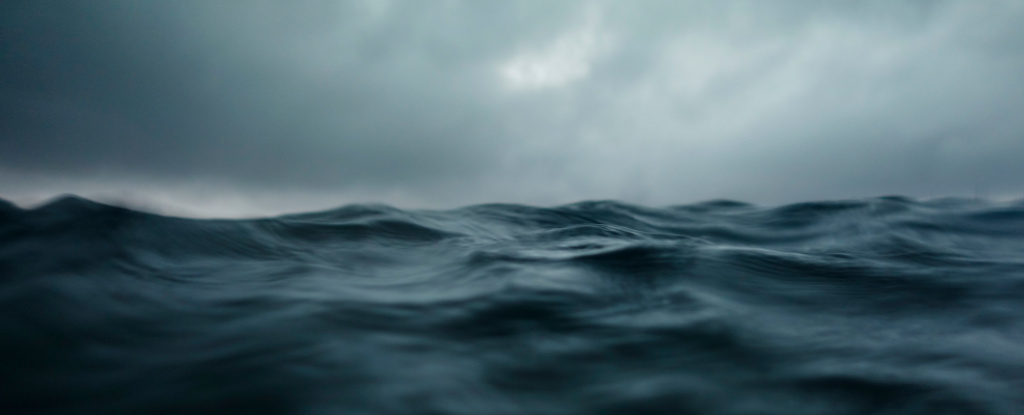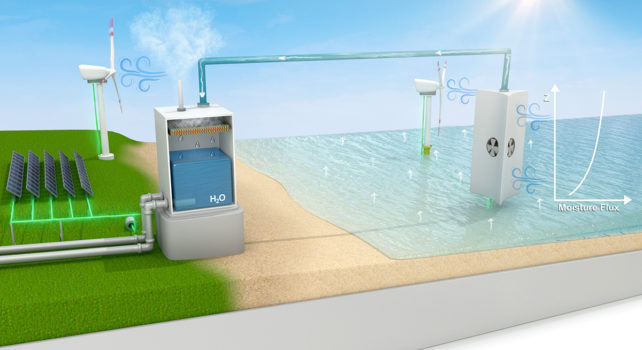
New Technology Could Tap Into a Virtually Limitless Supply of Fresh Water : ScienceAlert
There is not more than enough fresh h2o to go close to on world Earth, and it truly is a issue that is envisioned to only worsen in the coming many years.
To satisfy rising need, recycling and restricting our h2o will only get us so much. Experts will will need to uncover new resources of this everyday living-sustaining liquid to meet up with our desires.
One now untapped resource is the drinking water vapor higher than the oceans, which is nearly limitless as far as provides go. A new study outlines how harvesting constructions could be utilised to change this vapor into drinkable drinking water.
“Eventually, we will have to have to find a way to enhance the source of refreshing drinking water as conservation and recycled drinking water from present resources, albeit essential, will not be adequate to fulfill human desires,” claims civil and environmental engineer Praveen Kumar, from the College of Illinois Urbana-Champaign.
“We think our newly proposed process can do that at large scales.”

Measuring some 210 meters (689 feet) in width by 100 meters (328 toes) tall – approximately the peak of a huge cruise ship – the proposed construction mimics the natural water cycle in the way that it transports, condenses, and collects water.
Moist air would be transported from just higher than the ocean floor to a nearby shore, exactly where cooling devices could condense the drinking water vapor into a liquid. All of this would run on renewable wind or photo voltaic energy, the group states.
Even though the researchers haven’t supplied particulars of their layout, they did crunch the quantities on the quantity of extractable humidity across 14 review web pages all over the entire world. Just 1 of these installations could perhaps satisfy the average every day consuming water requires of around 500,000 people today.
That could be a substantial addition to desalination crops already operating in lots of spots all around the globe, to eliminate the dissolved salts from seawater.
“It hasn’t been finished before, and I think it is for the reason that researchers are so concentrated on land-centered solutions – but our review shows other options do, in fact, exist,” states atmospheric scientist Francina Dominguez, from the University of Illinois Urbana-Champaign.
Fresh h2o – which is required for consuming, bathing, and irrigation – will make up just 3 per cent of the world’s drinking water, most of which is also polluted or inaccessible for practical use. Although we’ve noticed numerous promising projects that can improve our entry to fresh new drinking water resources, we are continue to waiting for technological know-how that can really make a variation at scale.
The scarcity of harmless, drinkable water usually hits the poorest men and women in the environment the most difficult, with knock-on effects that lengthen into overall health, security, and income. Some thing like the process proposed here has the possible to make a substantial distinction with out damaging ecosystems or the surrounding atmosphere.
As section of their research, the researchers also deemed the probable repercussions of local climate modify, and dry places getting drier – but they concluded that their technique would however be sustainable even as the entire world warms.
“The weather projections display that the oceanic vapor flux will only boost about time, giving even a lot more freshwater supply,” says Rahman. “So, the plan we are proposing will be feasible below local climate improve.”
“This gives a much necessary and helpful tactic for adaptation to local climate change, particularly to susceptible populations dwelling in arid and semi-arid regions of the environment.”
The analysis has been released in Scientific Reports.
